Investigating viruses with spillover potential could give us a head start on the next pandemic and minimize its severity; one such virus is RshTT200, discovered in Cambodian bats in 2010. During ACA’s 73rd annual meeting, July 7-11, Samantha Zepeda from the University of Washington will present her team’s investigation into RshTT200. The team used cryo-electron microscopy to solve the spike protein structure. Once the spike proteins were understood, they built harmless, nonreplicating pseudoviruses expressing the spike proteins to investigate how RshTT200 accesses human cells.
Tag: University of Washington
What Physicists Can Learn from Shark Intestines
ROCKVILLE, MD – In 1920, inventor Nikola Tesla patented a type of pipe that he called a “valvular conduit,” which was built to draw fluid in one direction without any moving parts or added energy, and has applications ranging from soft robotics to medical implants. In 2021, scientists discovered that sharks’ spiral-shaped intestines work much the same way, favoring fluid flow in one direction—from head to pelvis.
Q&A: UW historian explores how a Husky alum influenced postcolonial Sudan
Christopher Tounsel, associate professor of history at the University of Washington, found multiple connections between Sudan and Seattle while researching his upcoming book. The most prominent was the late Andrew Brimmer, a UW alum who in 1966 became the first Black member of the Federal Reserve Board of Governors.
Bringing the field to students with ‘Virtual Field Geology’
The Virtual Field Geology project has many goals: to make geology field experiences accessible to more people; to document geological field sites that may be at risk from erosion or development, to offer virtual “dry run” experiences and to allow scientific collaborators to do virtual visits to a field site together. While the pandemic brought new urgency to the project, its developers believe it’s part of a “new normal” for geology research and education.
Where and with Whom College Students Drank during the COVID-19 Pandemic was Associated with Different Types of Consequences
During the COVID-19 pandemic, college students drinking outside the home or at home alone experienced a wider range of drinking consequences compared to those more frequently drinking at home with others, either in-person or virtually, according to a new study. Drinking at home also carried considerable risk. The findings, published in Alcoholism: Clinical and Experimental Research, suggest that intervention and prevention efforts may be more effectively tailored by considering the contexts in which students are drinking.
FREE Webinar for PM&R Career Path Guidance Hosted by AANEM
The American Association of Neuromuscular &
Electrodiagnostic Medicine (AANEM) invites medical students, physical medicine and
rehabilitation (PM&R) residents, and early-career physiatrists to join experienced physicians at
an interactive webinar to explore career options for physiatrists with a sub-specialty focus on
neuromuscular (NM) and/or electrodiagnostic (EDX) medicine.
AACN Research Grants Influence Nursing Practice
The American Association of Critical-Care Nurses announces the newest recipients of its annual research grants and invites clinicians and researchers to submit projects online by Oct. 28, 2022, for the next application cycle. AACN will award up to three $50,000 Impact Research Grants in 2023, as well as co-sponsoring the AACN-Sigma Critical Care Grant, with up to $10,000 in funding.
Tropical storm expert Shuyi Chen shares her thoughts on Hurricane Ian
Shuyi Chen, a professor of atmospheric sciences at the University of Washington, was traveling to an American Meterological Society meeting in Boston as Hurricane Ian approached the Gulf of Mexico. During breaks at the meeting, she provided her thoughts on…
Beach trash accumulates in predictable patterns on Washington and Oregon shores
Citizen scientists spent thousands of hours observing trash on beaches in Washington and Oregon. Their surveys show that certain beaches, and certain areas of a single beach, are “sticky zones” that accumulate litter. Finding patterns for where litter lands could help to better prevent and remove trash in the marine environment.
New UW Photonic Sensing Facility will use fiber-optic cables for seismic sensing, glaciology and more
A new research center is exploring the use of fiber-optic sensing for seismology, glaciology, and even urban monitoring. Funded in part with a $473,000 grant from the M.J. Murdock Charitable Trust, the new UW Photonic Sensing Facility will use photons traveling through a fiber-optic cable to detect ground motions as small as 1 nanometer.
UW study strengthens evidence of link between air pollution and child brain development
A new study led by the University of Washington has added evidence showing that both prenatal and postnatal exposure to air pollution can harm kids.
Cedars-Sinai’s Dean, Shlomo Melmed, MB, ChB, Honored for Contributions to Endocrine Research
Shlomo Melmed, MB, ChB, a world-renowned leader in pituitary medicine, was named the inaugural recipient of the Transatlantic Alliance Award by the European Society of Endocrinology (ESE) and the Endocrine Society for his pioneering research in pituitary medicine and endocrine tumors.
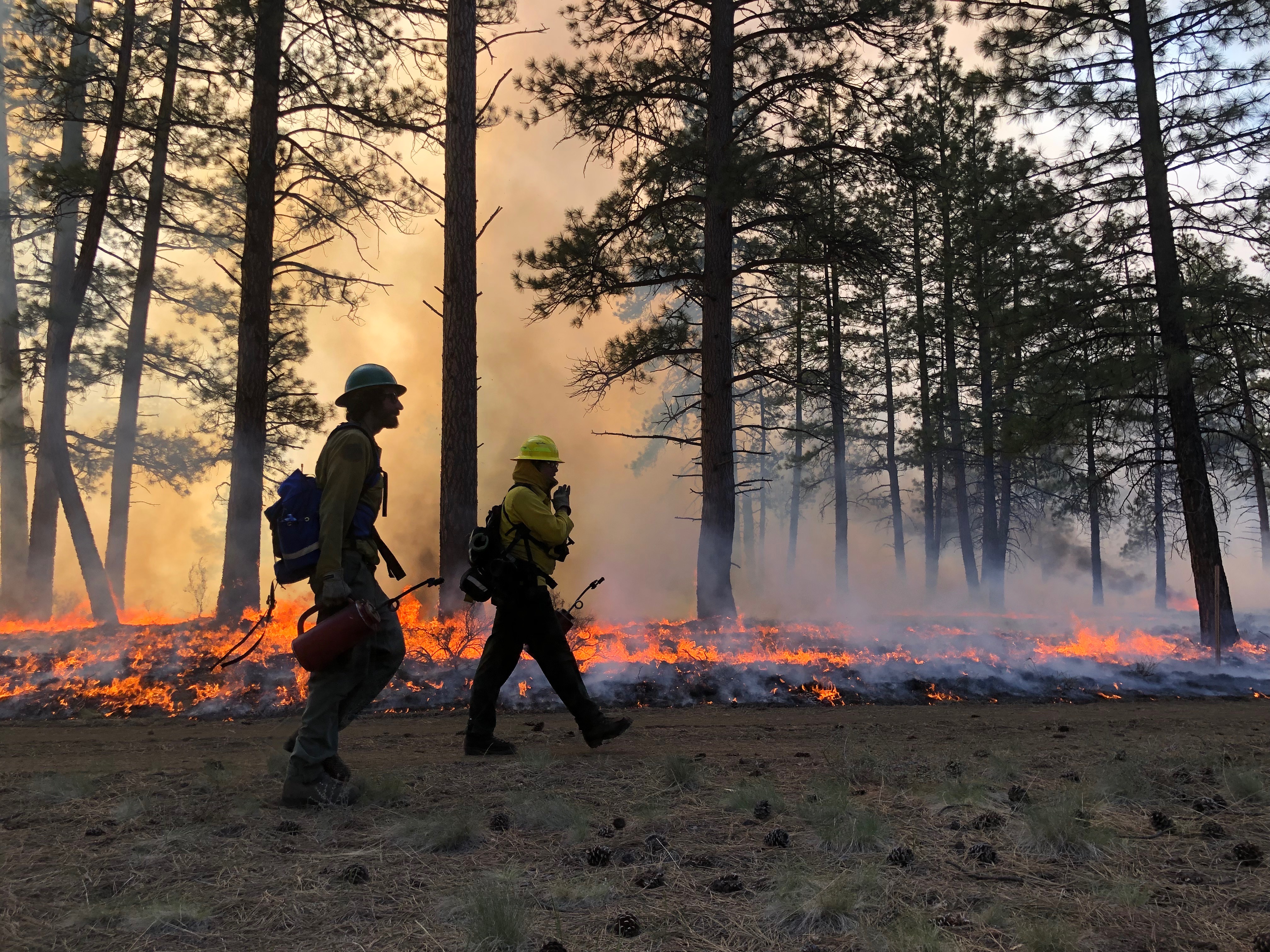
Consensus approach proposed to protect human health from intentional and wild forest fires
Climate change and decades of fire suppression that have increased fuels are contributing to larger and more intense wildfires and, in order to improve forest health and reduce these explosive fires, prescribed and managed fire is necessary.
Many pathologists agree overdiagnosis of skin cancer happens, but don’t change diagnosis behavior
Recent studies finding that there is an overdiagnosis of melanoma are a significant cause for concern. However, while many pathologists agree overdiagnosis of skin cancer happens, they don’t change diagnosis behavior.
Fast food, supermarkets, other aspects of built environments don’t play expected role in weight gain
People don’t gain or lose weight because they live near a fast-food restaurant or supermarket, according to a new study led by the University of Washington. And, living in a more “walkable”, dense neighborhood likely only has a small impact on weight.
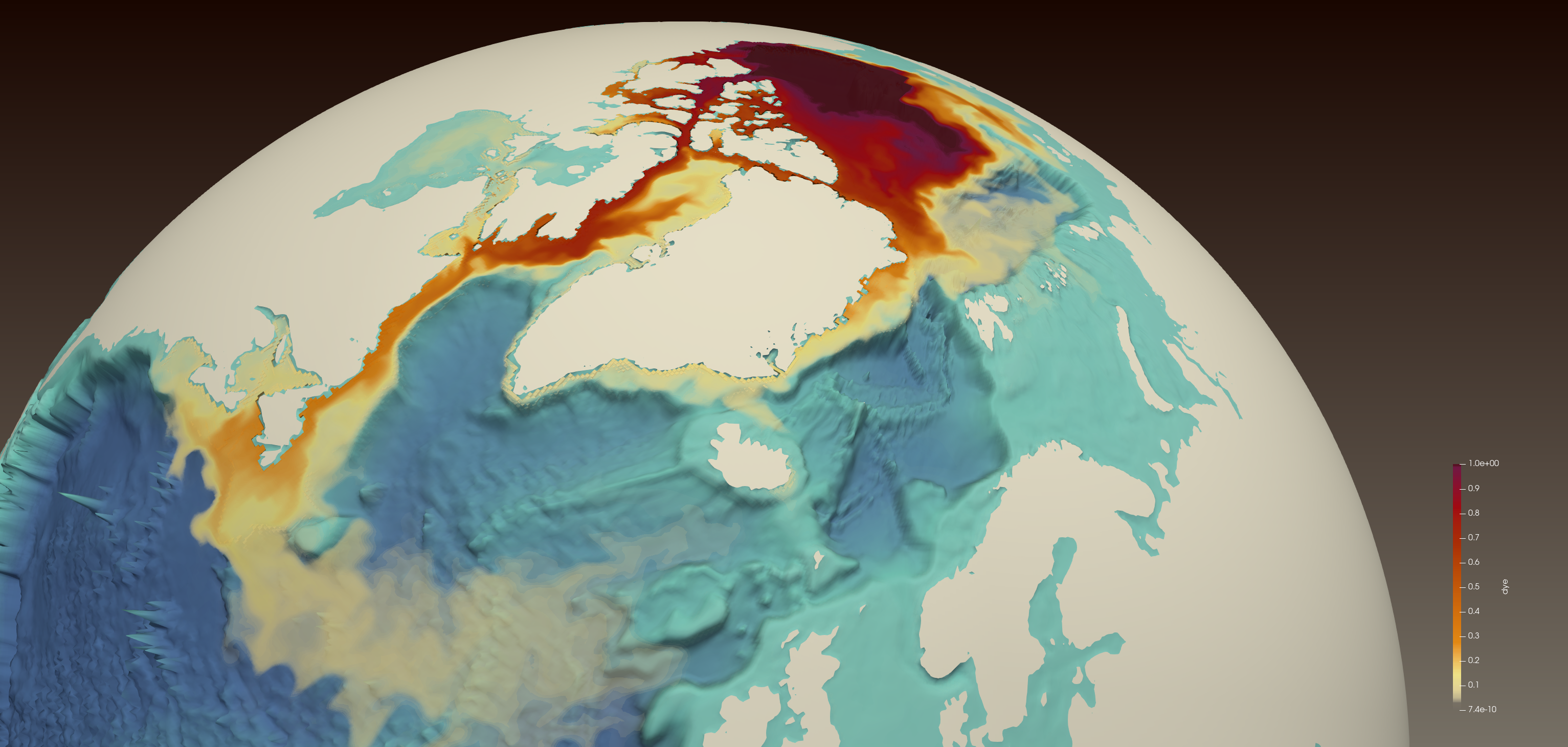
Record-high Arctic freshwater will flow through Canadian waters, affecting marine environment and Atlantic ocean currents
An unprecedented bulge of fresh water in the Arctic Ocean will travel through the Canadian Archipelago to the Labrador Sea, affecting local marine environments and global ocean circulation.
Limiting warming to 2 C requires emissions reductions 80% above Paris Agreement targets
Even if all countries meet their Paris Agreement goals for reducing emissions, Earth has only a 5% chance of staying below 2 C warming this century, a 2017 study showed. But reductions about 80% more ambitious, or an average of 1.8% drop in emissions per year rather than 1% per year, would be enough to meet the agreement’s stated goal, analysis shows.
To counter health impacts of racism, UW School of Nursing establishing Center for Antiracism in Nursing
Recognizing that nurses play a central role in and hold major responsibility for the health of individuals and communities hit hard by historic racial inequity, the University of Washington School of Nursing is launching the Center for Antiracism in Nursing.

Global warming found to be culprit for flood risk in Peruvian Andes, other glacial lakes
Human-caused warming is responsible for increasing the risk of a glacial outburst flood from Peru’s Lake Palcacocha, threatening the city below. This study is the first to directly link climate change with the risk of flooding from glacial lakes, which are growing in number and size worldwide.
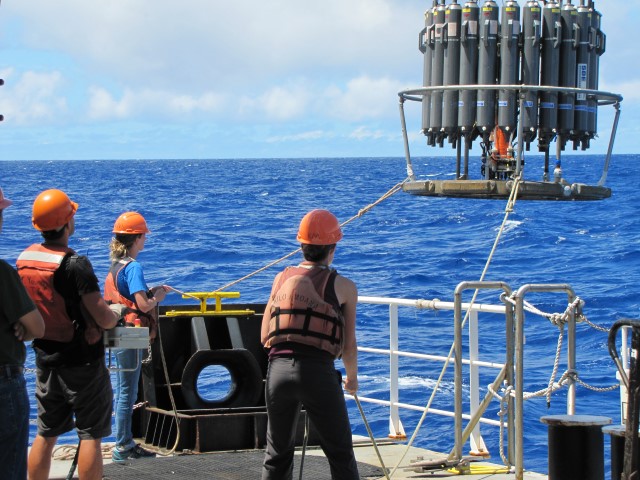
Marine organisms use previously undiscovered receptors to detect, respond to light
Single-celled organisms in the open ocean use a diverse array of genetic tools to detect light, even in tiny amounts, and respond. The discovery of these new genetic “light switches” could also aid in the field of optogenetics, in which a cell’s function can be controlled with exposure to light.
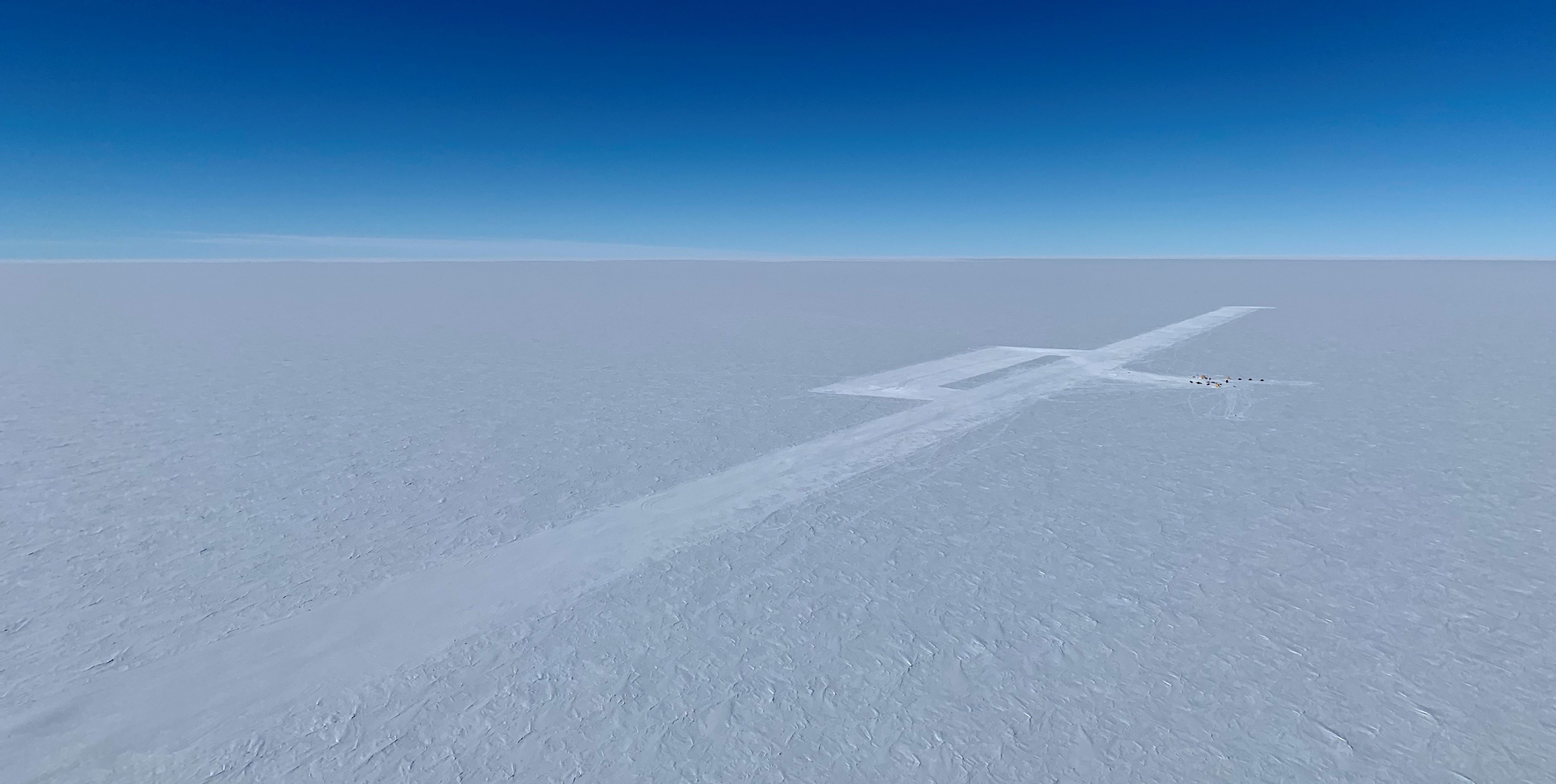
NSF-funded deep ice core to be drilled at Hercules Dome, Antarctica
Antarctica’s next deep ice core, a 1.5-mile core reaching back to 130,000-year-old ice, will be carried out by a multi-institutional U.S. team led by UW’s Eric Steig. The site hundreds of miles from today’s coastline could provide clues to the most recent collapse of the West Antarctic Ice Sheet.
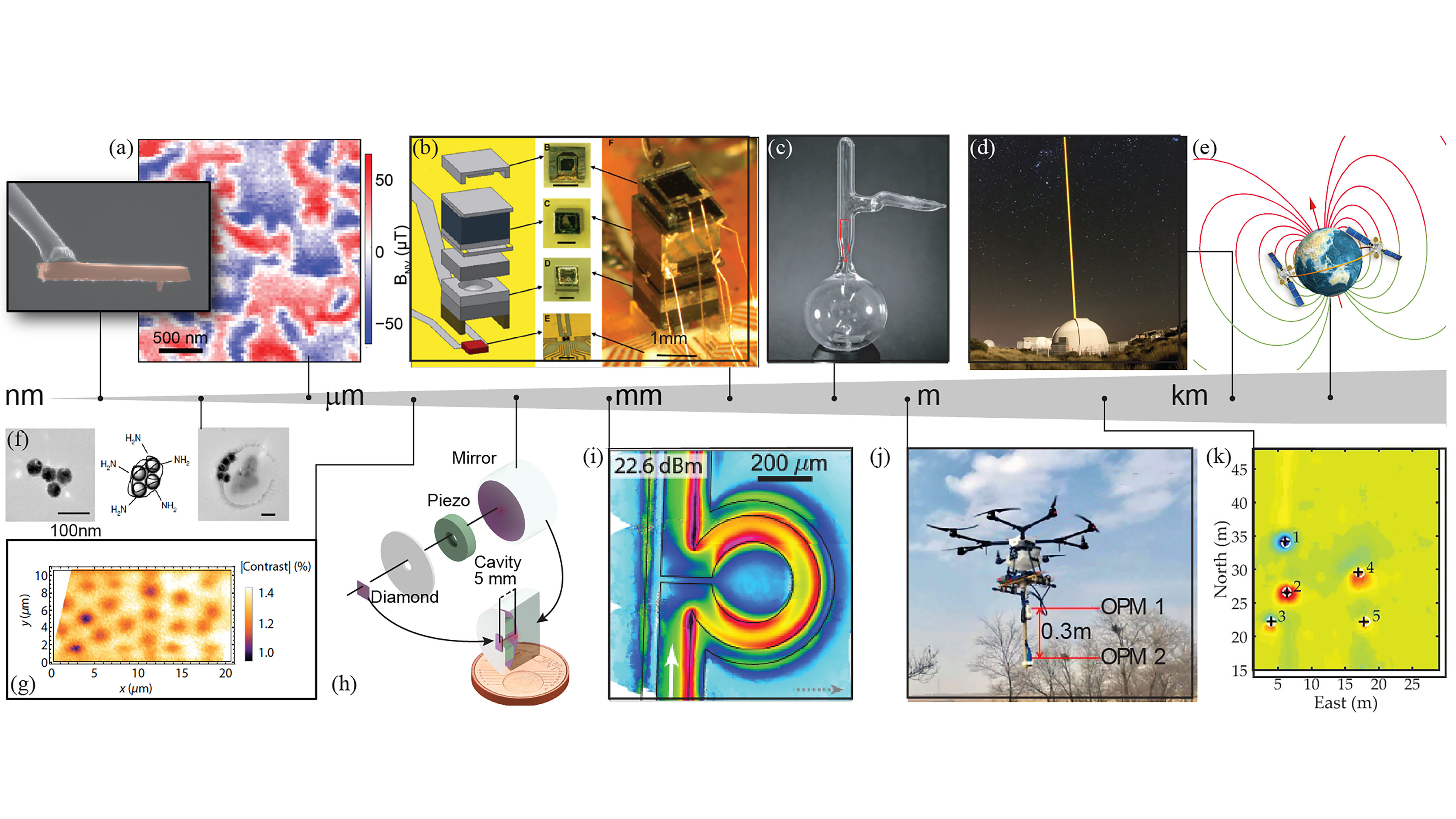
Adapting Magnetometers for Noisy, Physically Demanding Environments
Researchers routinely measure magnetic fields to better understand a vast array of natural phenomena. Many of these measurements are performed in shielded environments, but the research community has achieved these sensitive measurements in extreme environments as well as outside of highly controlled environments. In AVS Quantum Science, researchers discuss ways in which various predominantly optically pumped magnetometer technologies have been adapted for use in a wide range of noisy and physically demanding environments.
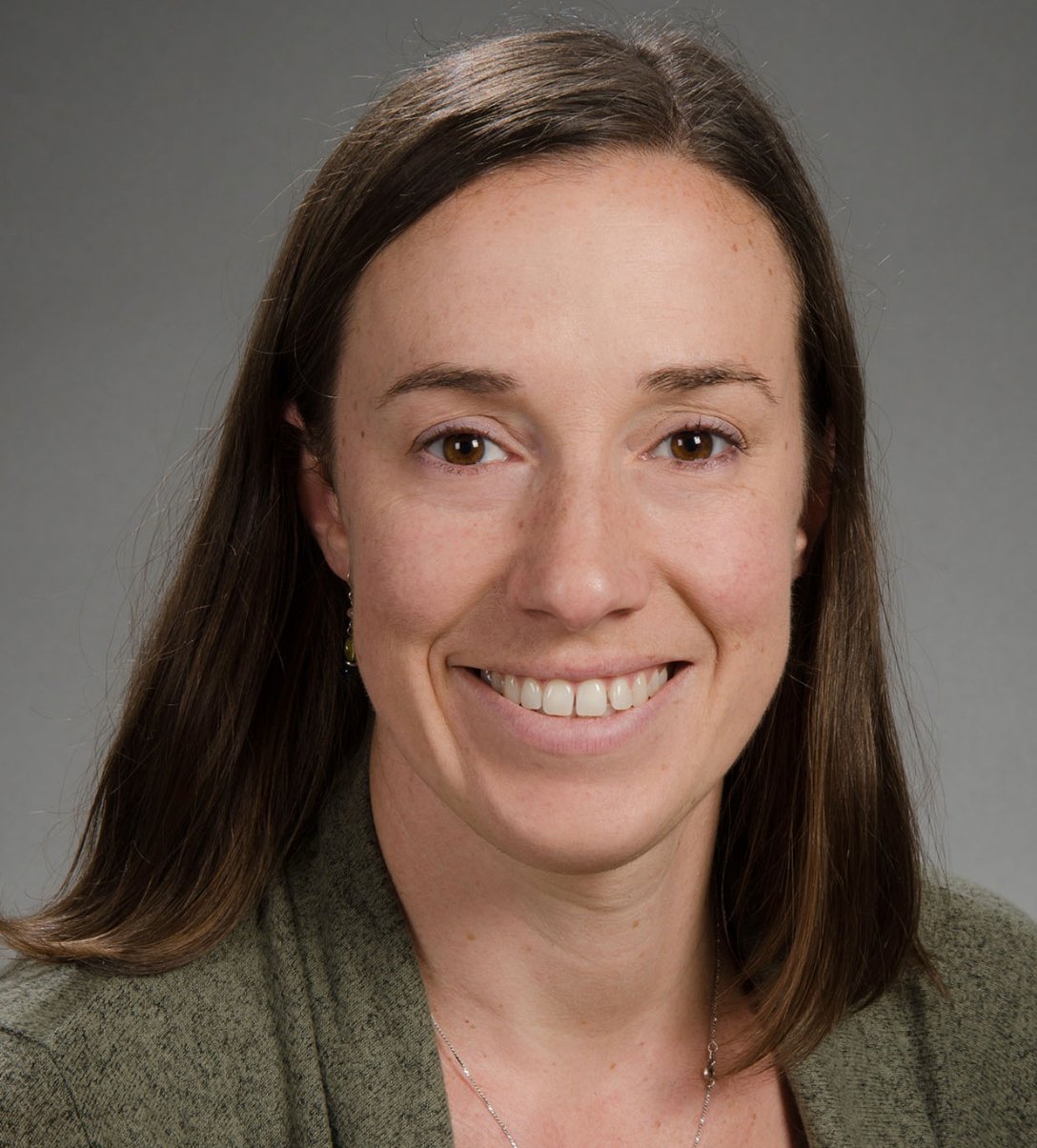
Policies around pregnancy, birth during pandemic failing both patients and nurses
As an experienced nurse midwife, whose scientific research focuses on respectful and equitable care during pregnancy and childbirth, the University of Washington’s Molly Altman has been studying pregnancy and childbirth during the pandemic alongside colleagues across the UW and in…
UW receives $1.5 million CDC grant to study handgun carrying among rural adolescents
The CDC announced on Sept. 23 it would fund 16 studies for a total of more than $7.8 million to understand and prevent firearm violence. The University of Washington’s proposal to study handgun carrying among rural adolescents was awarded a three-year grant totaling roughly $1.5 million.
Women, workers of color filling most ‘high-hazard/low-reward’ jobs in Washington
When exploring data on Washington workers during the pandemic — demographics, working conditions, wages and benefits, and risks of exposure to disease — the authors of a new report found that women hold two-thirds of the jobs in the harshest category of work.
In-person college instruction leading to thousands of COVID-19 cases per day in US
Reopening university and college campuses with primarily in-person instruction is associated with a significant increase in cases of COVID-19 in the counties where the schools are located.
Age restrictions for handguns make little difference in homicides as US deals with ‘de facto availability’ of firearms
In the United States, individual state laws barring 18- to 20-year-olds from buying or possessing a handgun make little difference in the rate of homicides involving a gun by people in that age group, a new University of Washington studyhas found.

Most landslides in western Oregon triggered by heavy rainfall, not big earthquakes
Deep-seated landslides in the central Oregon Coast Range are triggered mostly by rainfall, not by large offshore earthquakes.

National Science Foundation-funded CloudBank Now Operational
The San Diego Supercomputer Center (SDSC) at the University of California San Diego and its partners at the University of Washington (UW), UC Berkeley, and Strategic Blue have entered production operations of the National Science Foundation (NSF)-funded CloudBank program, which aims to simplify the use of public clouds across computer science research and education.
UW breaks ground on the future of health sciences education and improving our health
Deans of the UW Health Sciences schools — Dentistry, Medicine, Nursing, Pharmacy, Public Health and Social Work — and Washington State legislators celebrated construction of the Health Sciences Education Building on the UW’s Seattle campus with a small, physically distanced groundbreaking ceremony on Thursday, Aug. 27.
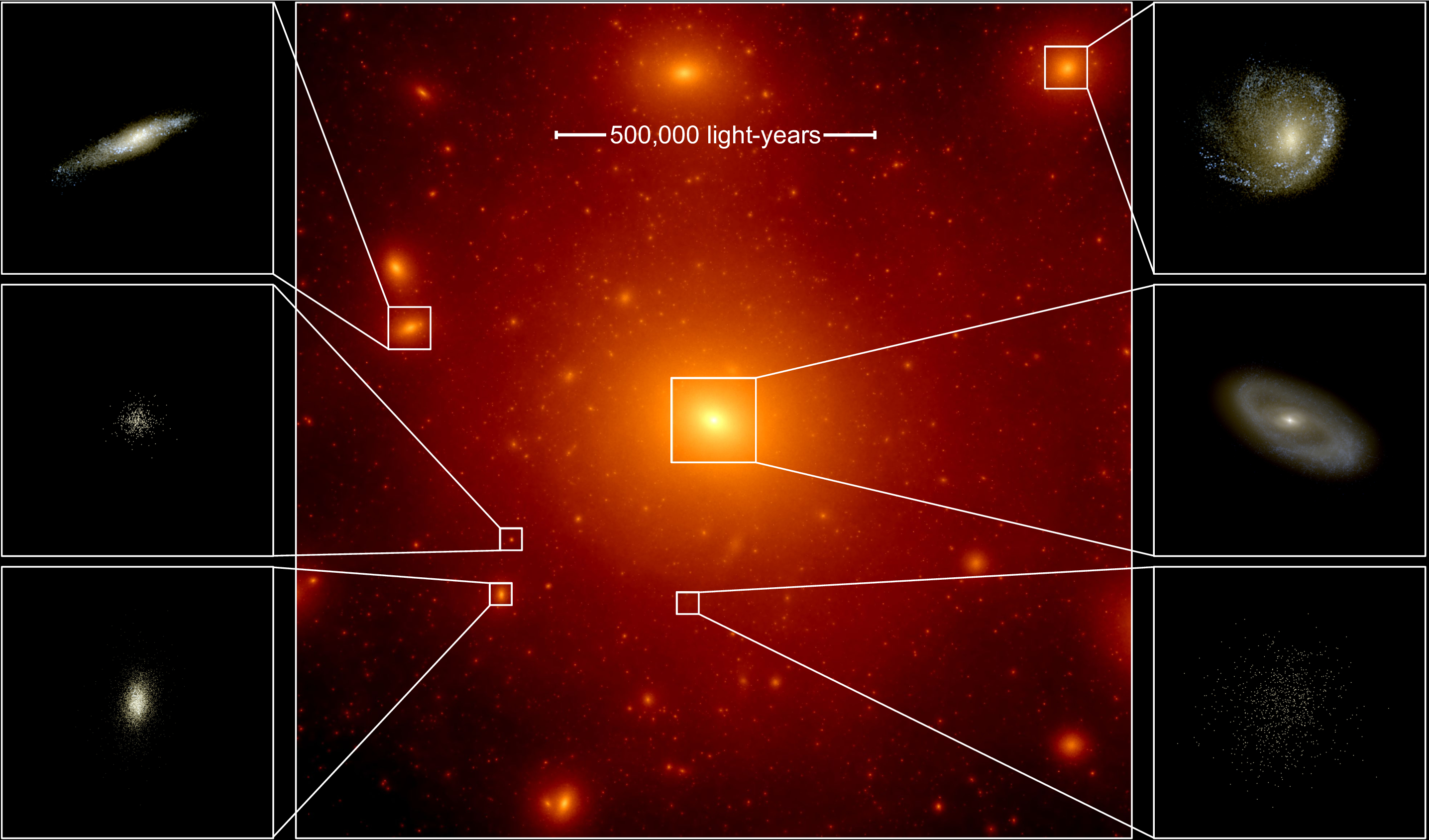
Galaxy Simulations Could Help Reveal Origins of Milky Way
Rutgers astronomers have produced the most advanced galaxy simulations of their kind, which could help reveal the origins of the Milky Way and dozens of small neighboring dwarf galaxies. Their research also could aid the decades-old search for dark matter, which fills an estimated 27 percent of the universe. And the computer simulations of “ultra-faint” dwarf galaxies could help shed light on how the first stars formed in the universe.
Failure to ‘flatten the curve’ may kill more people than we thought
New research by the University of Minnesota and the University of Washington finds that every six additional ICU beds or seven additional non-ICU beds filled by COVID-19 patients leads to one additional COVID-19 death over the following week.
Data omission in key EPA insecticide study shows need for critical review of industry analysis
For nearly 50 years, a statistical omission tantamount to data falsification sat undiscovered in a critical study at the heart of regulating one of the most controversial and widely used pesticides in America — chlorpyrifos.
Research into worker health and safety in the cannabis industry is critical and nearly absent
Legal marijuana is one of America’s fastest-growing industries, yet little scientific research exists on the unique workplace and health risks faced by cannabis workers. A special issue of the journal Annals of Work Exposures and Health explores worker safety in cannabis industry.
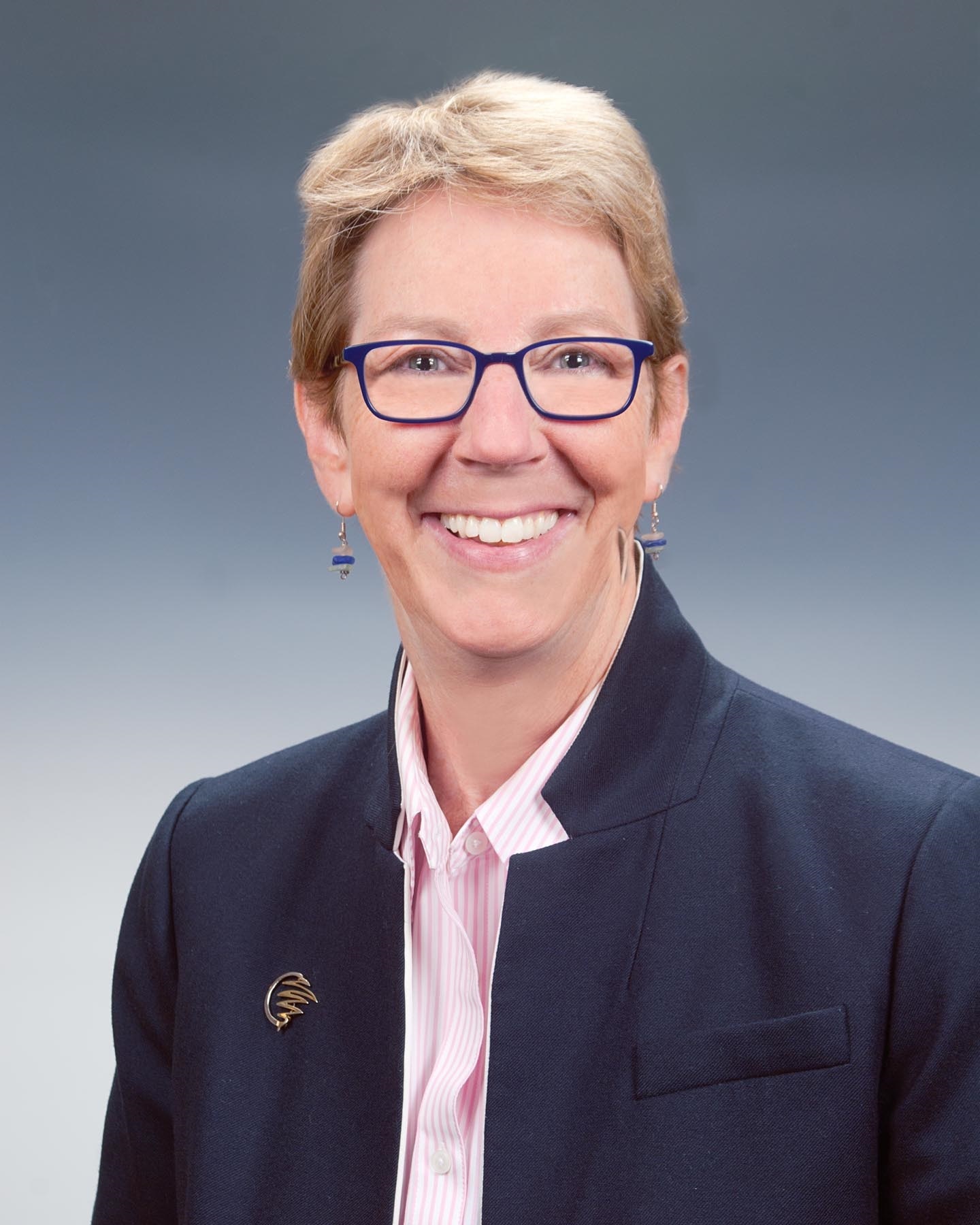
American Association of Critical-Care Nurses announces board of directors for fiscal year 2021
The American Association of Critical-Care Nurses (AACN), the world’s largest specialty nursing organization, announces its board of directors for fiscal year 2021, with terms effective July 1, 2020.
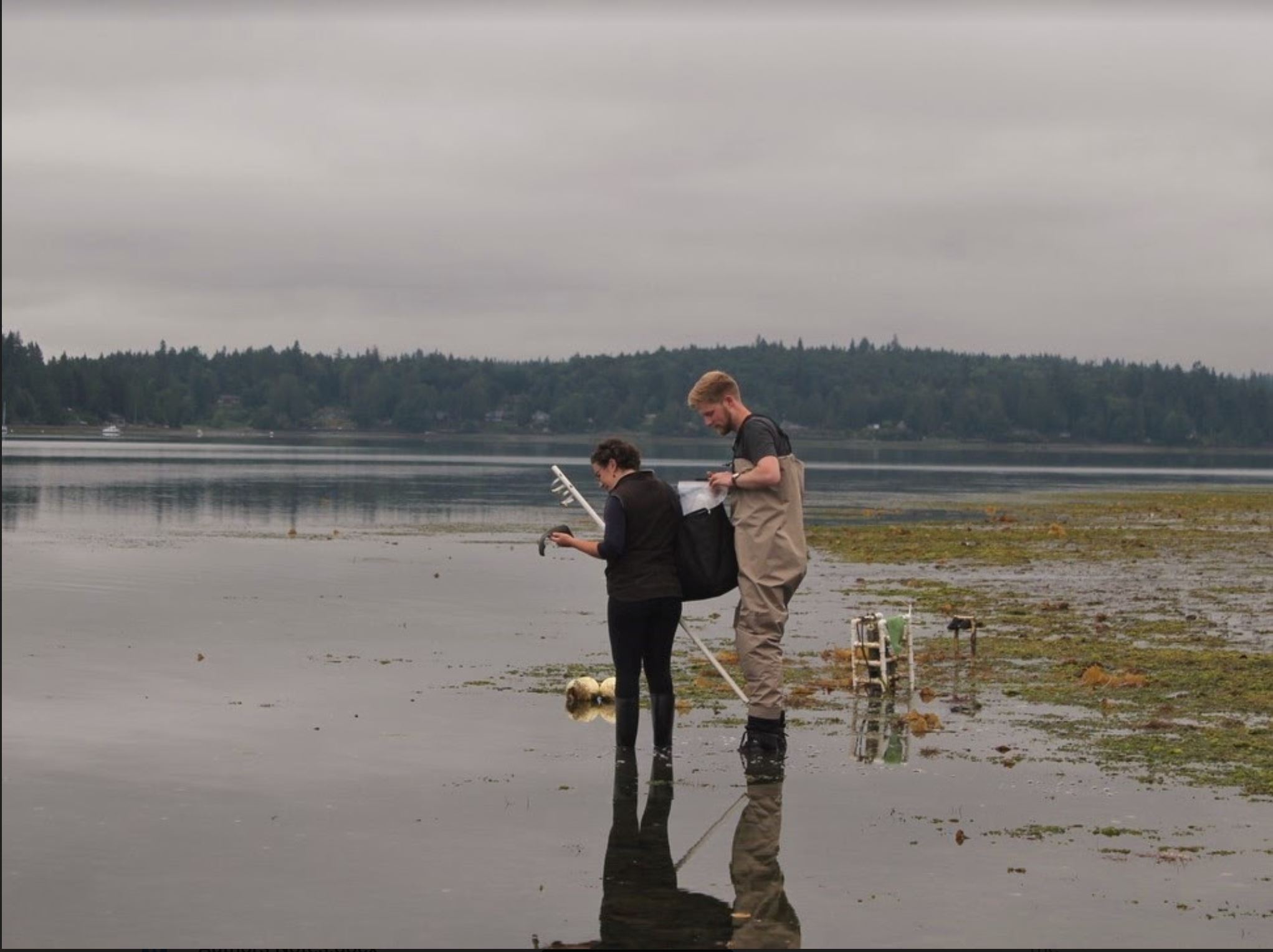
Puget Sound eelgrass beds create a ‘halo’ with fewer harmful algae, new method shows
Genetic clues show that eelgrass growing underwater along Puget Sound shorelines is associated with fewer of the single-celled algae that produce harmful toxins in shellfish. The evidence shows this effect extends 45 feet beyond the edge of the eelgrass bed.
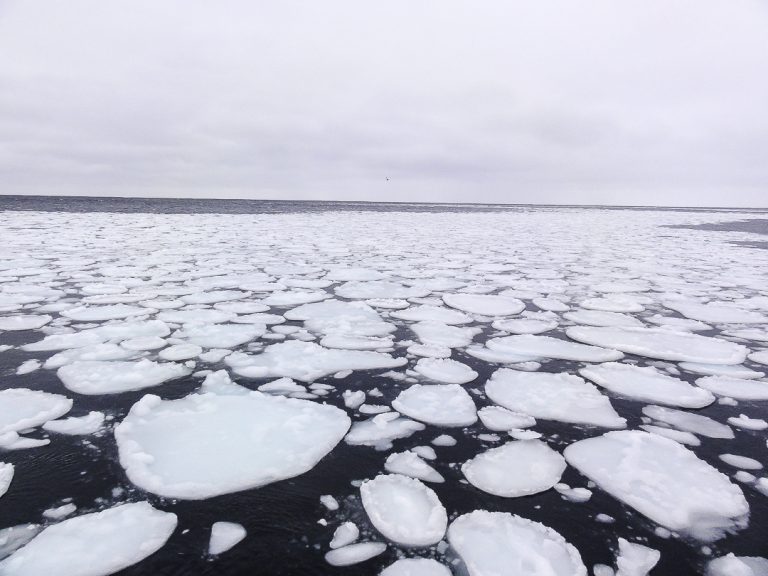
Antarctic sea-ice models improve for the next IPCC report
A study of 40 sea ice models finds they all project that the area of sea ice around Antarctica will decrease by 2100, but the amount of loss varies between the emissions scenarios.

Volcanic activity and changes in Earth’s mantle were key to rise of atmospheric oxygen
Evidence from rocks billions of years old suggest that volcanoes played a key role in the rise of oxygen in the atmosphere of the early Earth.
UW launches online training for contact tracing to help fight COVID-19
To provide training for the expanding workforce of contact tracers, the University of Washington’s Northwest Center for Public Health Practice created the free, online course Every Contact Counts to support public health agencies — including smaller, rural public health districts and tribal health departments — to help their existing and growing workforce in the art and science of conducting a contact-tracing interview.
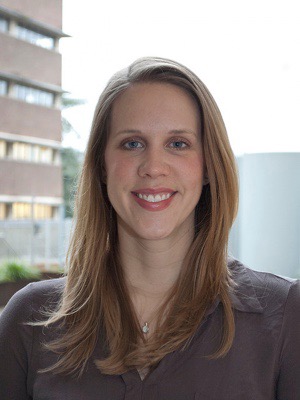
University of Washington expert comments on challenges to worker safety in meat processing industry
Designated critical infrastructure by President Trump in an executive order and encouraged to reopen or remain in operation, meat processing plants face challenges in keeping workers safe during the pandemic. University of Washington School of Public Health assistant professor Marissa Baker,…
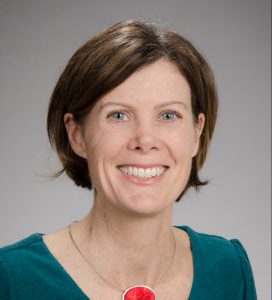
University of Washington’s Teresa Ward talks us through sleep troubles during the COVID-19 pandemic
“Stress weighs on us, and it’s hard to shut stress off because our world is rocked right now,” said Teresa Ward, professor and Co-Director of the Center for Innovation in Sleep Self-Management in the UW School of Nursing. And for…

University of Washington dean of public health gives advice on where and how (and how not) to wear masks
Beginning May 18, King County is directing residents wear a face covering when in an indoor or outdoor public space where you may come within six feet of someone who does not live with you. The county’s new directive follows CDC recommendations regarding the…
COVID-19: UW study reports ‘staggering’ death rate in US among those infected who show symptoms
The new UW study found the national rate of death among people infected with the novel coronavirus — SARS-CoV-2 — that causes COVID-19 and who show symptoms is 1.3%, the study found. The comparable rate of death for the seasonal flu is 0.1%.
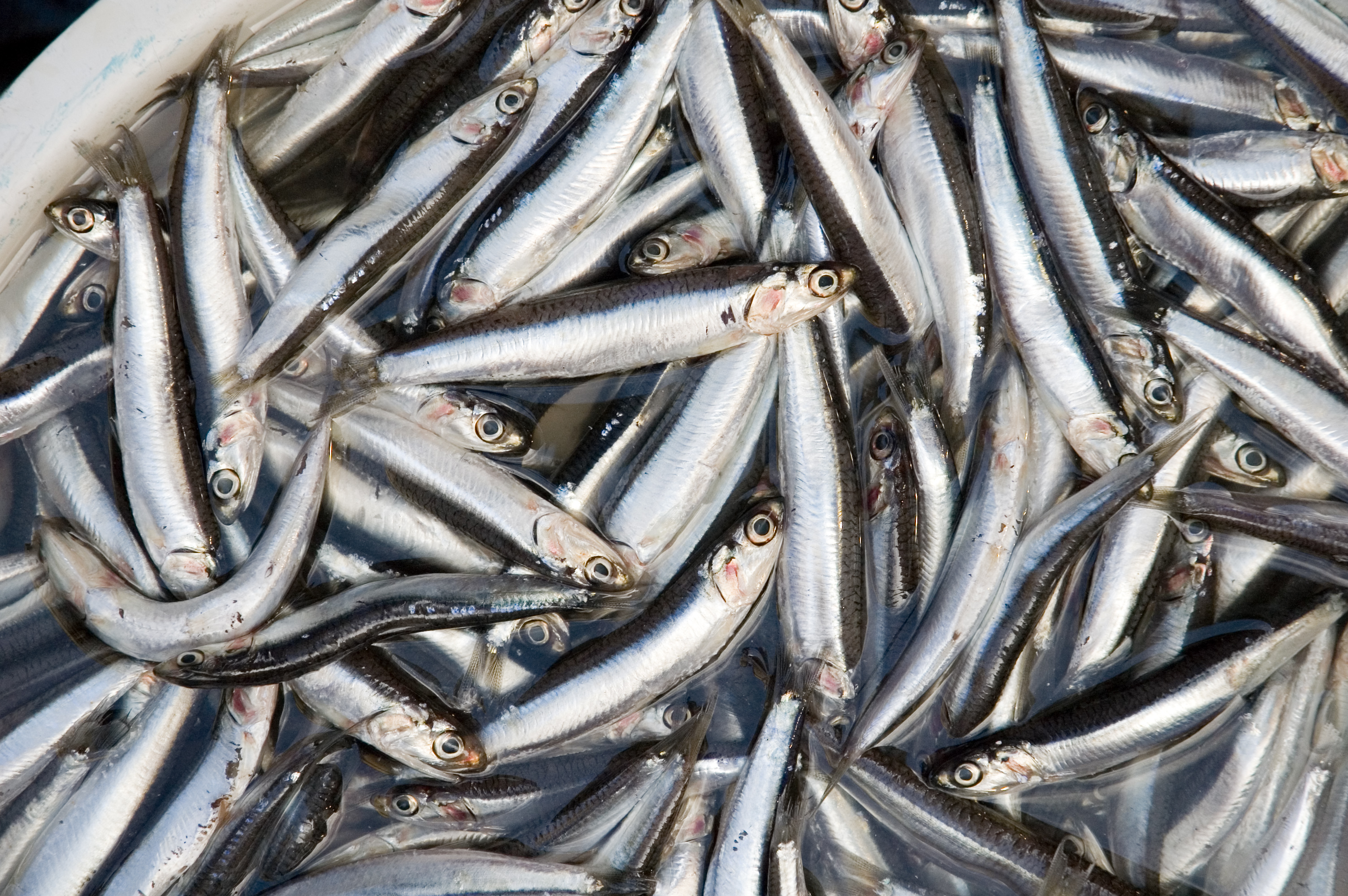
Ocean ‘breathability’ key to past, future habitat of West Coast marine species
Historical observations collected off California since the 1950s suggest that anchovies thrive where the water is breathable — a combination of the oxygen levels in the water and the species’ oxygen needs, which are affected by temperature. Future projections suggest that the waters off Mexico and Southern California could be uninhabitable by 2100.
UW experts on understanding ‘quarantine fatigue’ and protecting workers
As the push to relax social and economic restrictions for combating the pandemic gain traction, we need to understand personal motives behind what many experts consider a dangerous rush to “reopen” and how to protect workers most at risk when…
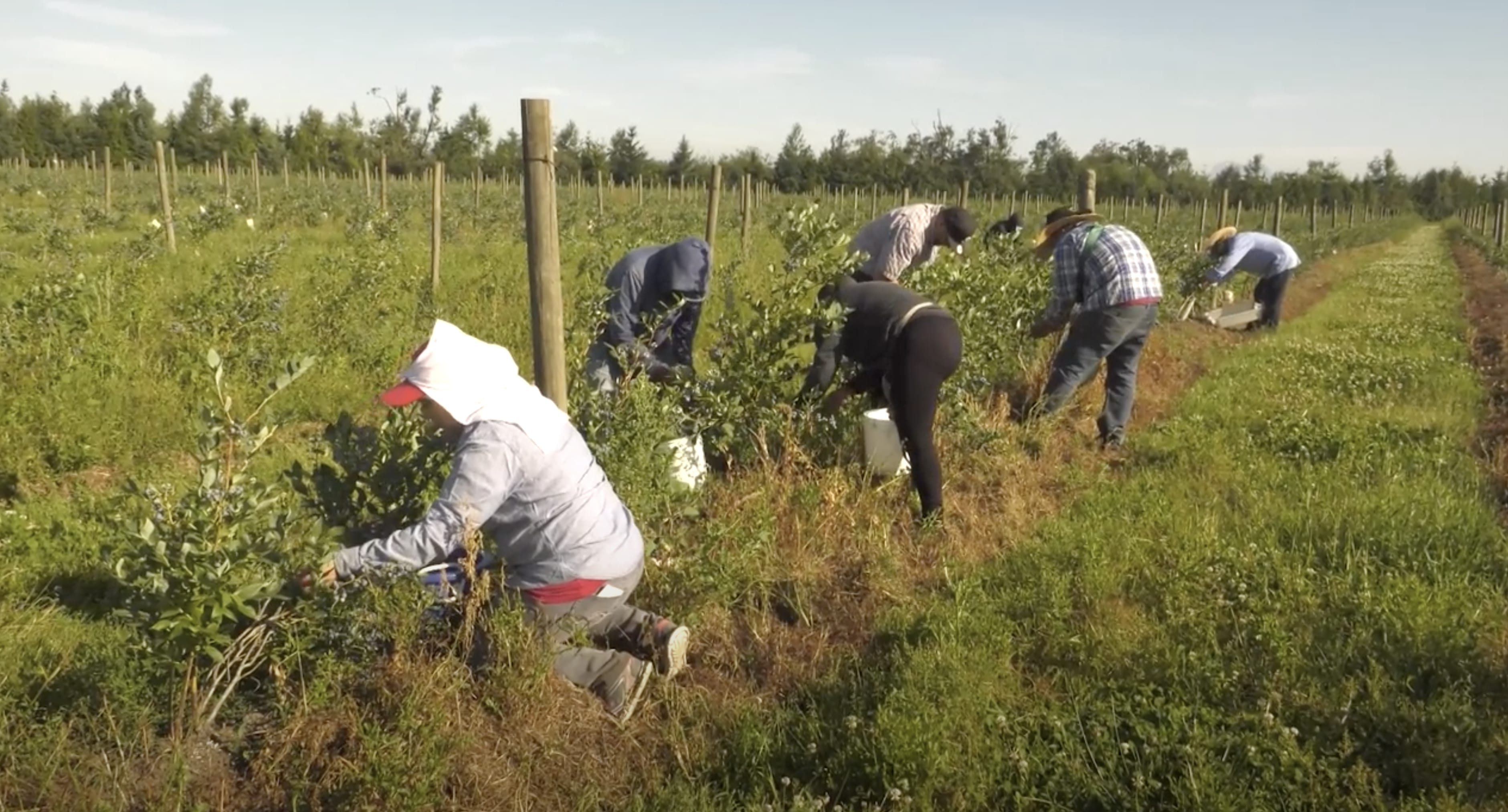
Agricultural pickers in US to see unsafely hot workdays double by 2050
The average number of unsafely hot summer days could double by 2050 and triple by 2100 in U.S. counties where agricultural crops are grown. The study also looks at different strategies the industry could adopt to protect workers’ health.

Large majority of state’s heroin users want to reduce use; syringe programs helping during COVID-19 crisis
A new survey of people who inject illicit drugs in the state of Washington yields positive and important findings for policy makers as the world struggles to deal with the COVID-19 pandemic, said authors of the survey by the University of Washington and Public Health-Seattle & King County.
Disaster, epidemic researcher on what prisons and jails should consider during the COVID-19 pandemic
With the COVID-19 pandemic reaching prison and jail inmates and staff — the first inmate in the state of Washington tested positive for coronavirus on April 6 and others have tested positive around the country — what should policymakers and…
Disaster, recovery researcher on the safest way for kids to interact during pandemic and school closures
With kids out of school and daycare across America, many for the rest of the school year, parents are wondering what’s safe for their children to do while protecting them from infection by the novel coronavirus. And while the top…
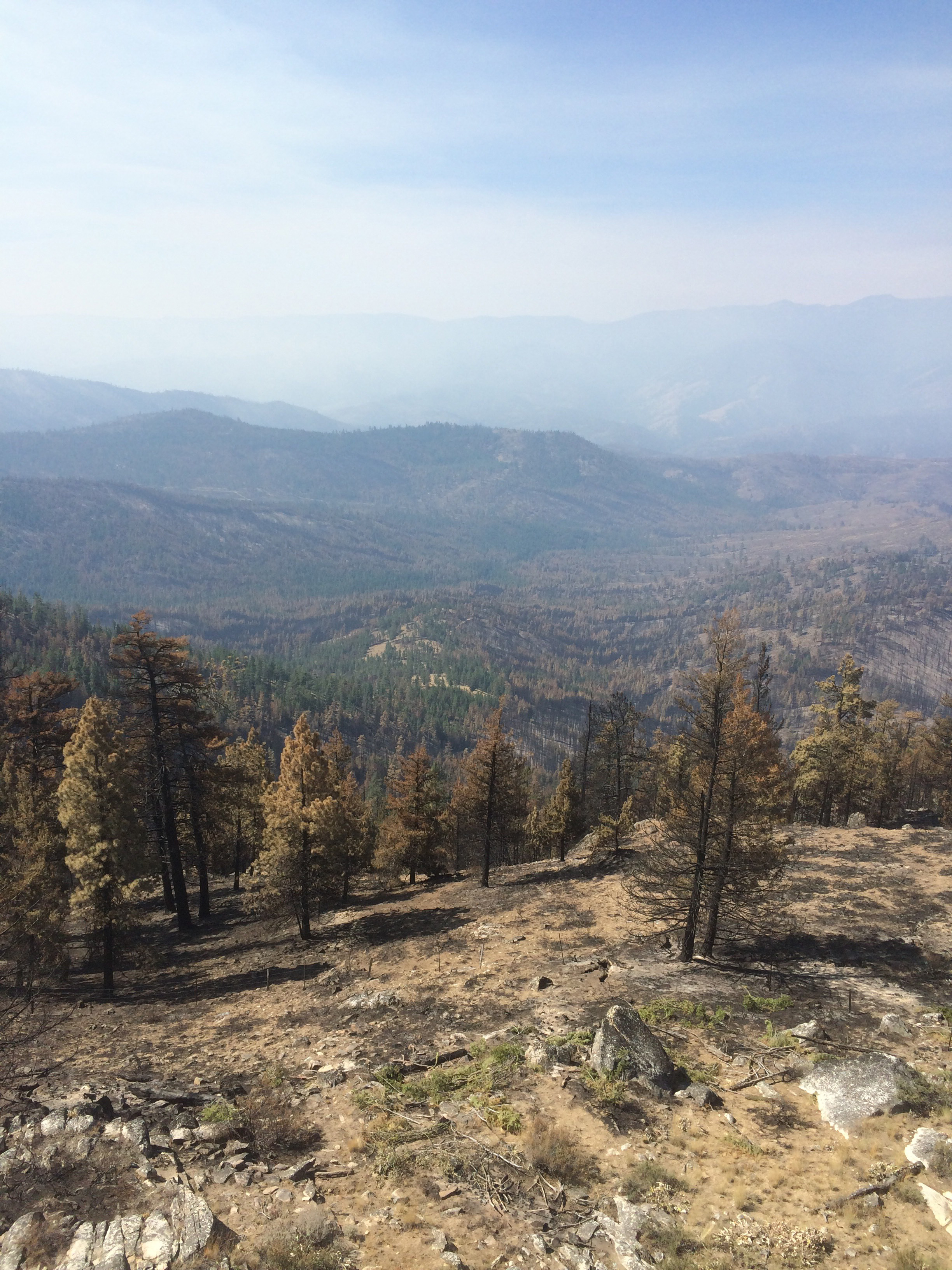
Study synthesizes what climate change means for Northwest wildfires
Researchers synthesize how climate change will affect the risk of wildfires in Washington, Oregon, Idaho and western Montana. The study also suggests how managers and individual landowners in different ecosystems can best prepare.